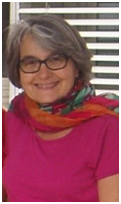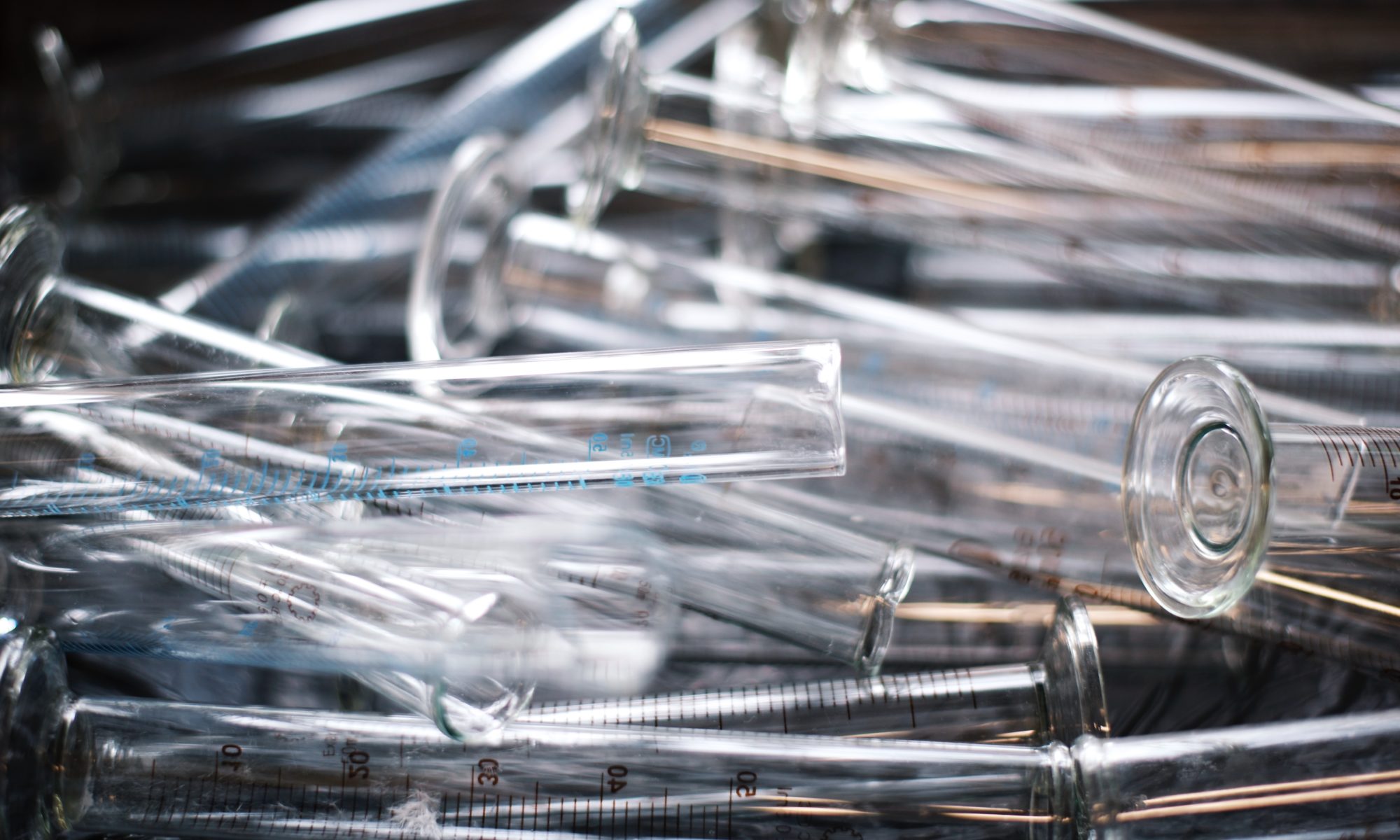Mono- and bi-metallic nanocatalysts in glycerol: from conception to applications in synthesis

Metal-based nanoparticles (MNPs) have been largely studied in the last decades due to their distinctive properties, which found applications in several fields (microelectronics, medicine, catalysis) [1]. “Nanocatalysis” emerged as a new concept that combines both colloidal catalysis and catalysis based on engineered nano-objects, showing defined structures and composition. Like most MNPs, aggregation during the catalytic reaction can lead to structure modifications, precluding their unique properties and then the lack of the expected reactivity. A way to avoid these drawbacks is to use solid supports in order to immobilise the nanocatalysts, favouring their recycling, but adding plausible effects due to the metal-support interactions. With the aim of preserving the surface state, the immobilisation of MNPs in a liquid phase has been considered. Besides environmentally friendly properties, glycerol is characterised by a complex supramolecular network, permitting to trap the catalyst and easily extract the organic products; the catalytic phase can be then recycled, obtaining metal-free target molecules [2]. Our team has proved the glycerol ability for the synthesis of both mono- (Pd, Cu and Cu2O, Ni) and bi-metallic nanoparticles, leading to stable colloidal catalytic solutions in the presence of polymers (such as PVP) [3], phosphines [4] and biomass-based stabilisers such as cinchona derivatives [5]. In particular, bimetallic nanoparticles have opened new horizons in energy conversions and organic transformations, thanks to cooperative effects between the two counterparts, due to structure-reactivity relationships (alloy, core-shell or hetero-dimer) [6]. In this lecture, we will present an account of our work in this field, from the synthesis and full characterisation of the metal-based nanoparticles in glycerol to the applications in synthesis.
References:[1] C.J. Murphy, A.M. Gole, S. E. Hunyadi, J. W. Stone, P. N. Sisco, A. Alkilany, B. E. Kinard, P. Hankins, Chem Commun. 2008, 544.[2] For selected reviews, see: a) Y. Gu, F. Jérôme, Green Chem. 2010, 12, 1127; b) F. Chahdoura, I. Favier, M. Gómez, Chem. Eur. J. 2014, 20, 10884.[3] a) T. Dang-Bao, C. Pradel, I. Favier, M. Gómez, Adv. Synth. Catal. 2017, 359, 2832; b) F. Chahdoura, C. Pradel, M. Gómez, ChemCatChem, 2014, 6, 2929[4] a) F. Chahdoura, C. Pradel, M. Gómez, Adv. Synth. Catal. 2013, 355, 3648. b) F. Chahdoura, C. Pradel, M. Gómez, ChemCatChem, 2014, 6, 2929. c) F. Chahdoura, S. Mallet-Ladeira, M. Gómez, Org. Chem. Front. 2015, 2, 312.[5] A. Reina, C. Pradel, E. Martin, E. Teuma, M. Gómez, RSC Adv. 2016, 6, 93205.[6] T. Dang-Bao, D. Pla, I. Favier, M. Gómez, Catalysts 2017, 7, 207.
Event Timeslots (1)
Wednesday, March 7th
-
Pr. Montserrat GOMEZ

